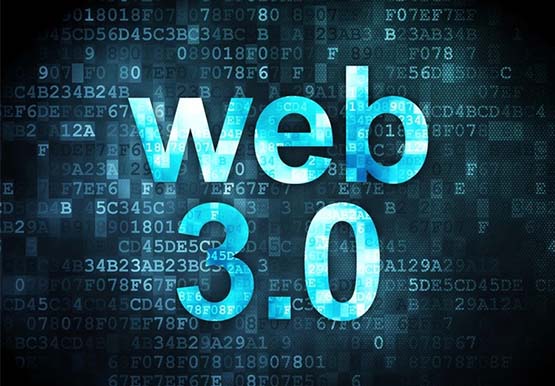Advancing towards a More Secure and Open Internet

Are you tired of the centralized nature of the current internet architecture, with its security breaches, data privacy concerns, and lack of control over personal data? Web 3.0, the decentralized web, is here to revolutionize the internet and provide users with more control over their data, assets, and identities. Read on to discover more about Web 3.0 and its many benefits.
What is Web 3.0?
Web 3.0 is a next-generation internet architecture that uses advanced technologies like blockchain, artificial intelligence, and the Internet of Things (IoT) to create a more secure and open web. The core principles of Web 3.0 are decentralization, interoperability, and transparency. Web 3.0 empowers users by providing more control over their data, assets, and identities.
How to Access Web 3.0 Platforms:
To access Web 3.0 platforms, users need to use special web browsers that support decentralized applications and blockchain technology. Some of the popular Web 3.0 platforms include:
- Ethereum: A blockchain platform that allows users to create decentralized applications (DApps) and smart contracts.
- IPFS: A decentralized file-sharing protocol that allows users to store and share data in a peer-to-peer network.
- Polkadot: A blockchain platform that connects different blockchains and allows them to communicate with each other.
Use Cases of Web 3.0:
Web 3.0 technology is used in many different fields, such as finance, health care, and gaming. Some of the examples are:
- Decentralized finance (DeFi): Web 3.0 enables users to access financial services in a decentralized manner, without the need for intermediaries like banks.
- Healthcare: Web 3.0 can be used to create a decentralized healthcare system that enables patients to control their medical data and privacy.
- Gaming: Web 3.0 can be used to create decentralized gaming platforms that allow users to own their in-game assets and control their data.
Advantages of Web 3.0:
Web 3.0 offers several advantages over the current centralized internet, including:
- Enhanced Security: Web 3.0 uses blockchain technology, which is highly secure and resistant to hacks and data breaches.
- Data Privacy: Web 3.0 allows users to control their data and keep it private, reducing the risk of data leaks and identity theft.
- Decentralization: Web 3.0 enables users to interact directly with each other without the need for intermediaries like banks or social media companies.
Disadvantages of Web 3.0:
Despite the numerous advantages, Web 3.0 still has some challenges to overcome, including:
- Technical Complexity: Web 3.0 requires a certain level of technical expertise, which could be a barrier to entry for some users.
- Limited Adoption: Web 3.0 is still in its early stages, and it may take some time for it to gain mainstream adoption.
- Scalability: Web 3.0 technology is still in its infancy, and it may face scalability issues as more users join the network.
Differences between Web 2.0 and Web 3.0:
Web 2.0 and Web 3.0 are two different generations of the internet, with distinct differences. Web 2.0 is characterized by user-generated content, social networking, and the emergence of mobile devices. In contrast, Web 3.0 is focused on decentralization, transparency, and interoperability.
In conclusion, Web 3.0 is an exciting new technology that promises to change the internet and give users more control over their data, assets, and identities. By using advanced technologies like blockchain, artificial intelligence, and IoT, Web 3.0 is creating a more secure and open web that empowers users. While it has some challenges to overcome, Web 3.0 is poised to become the future of the internet.
Related Articles
Latest News
By Anuhas
By Anuhas


